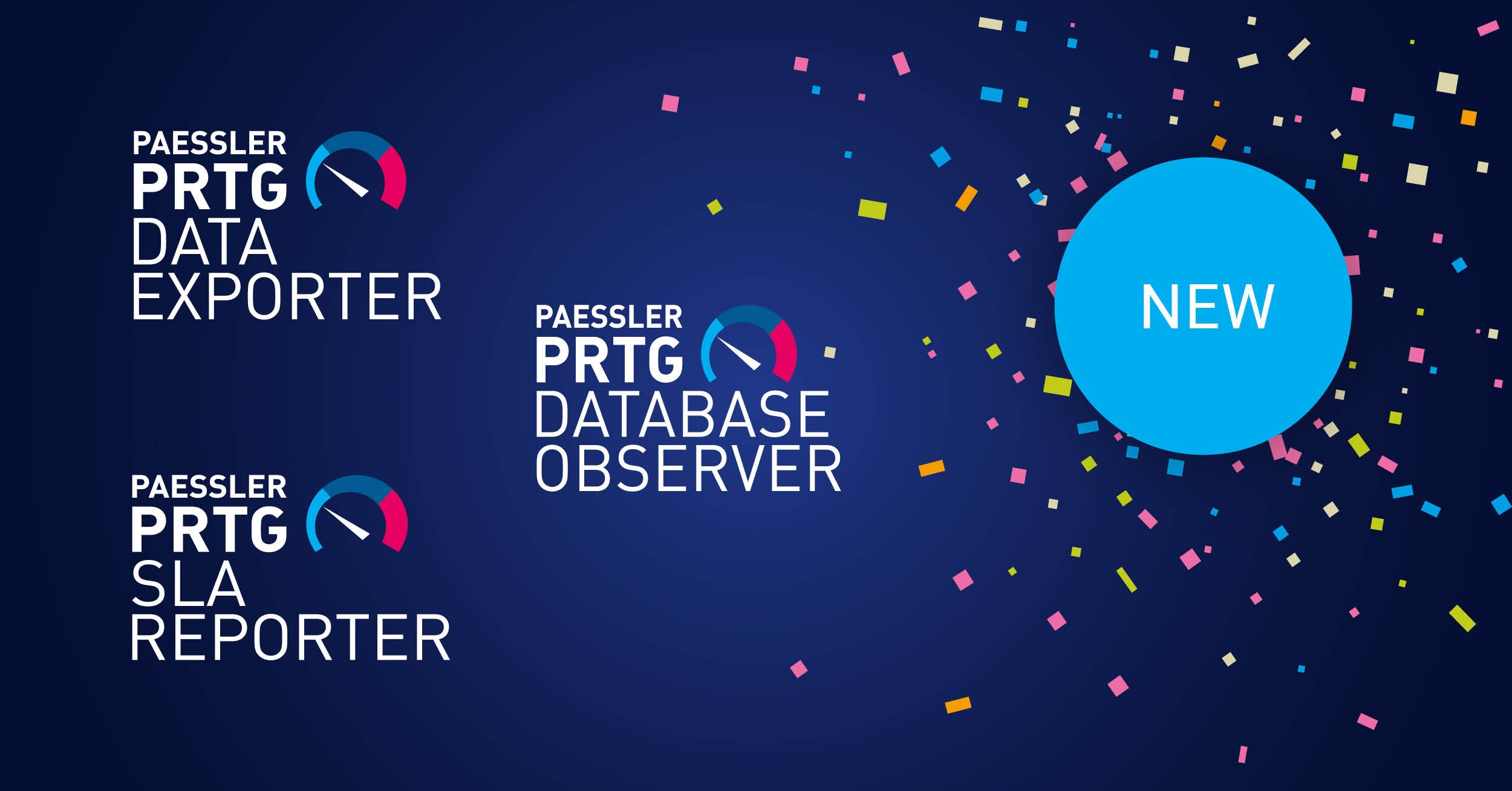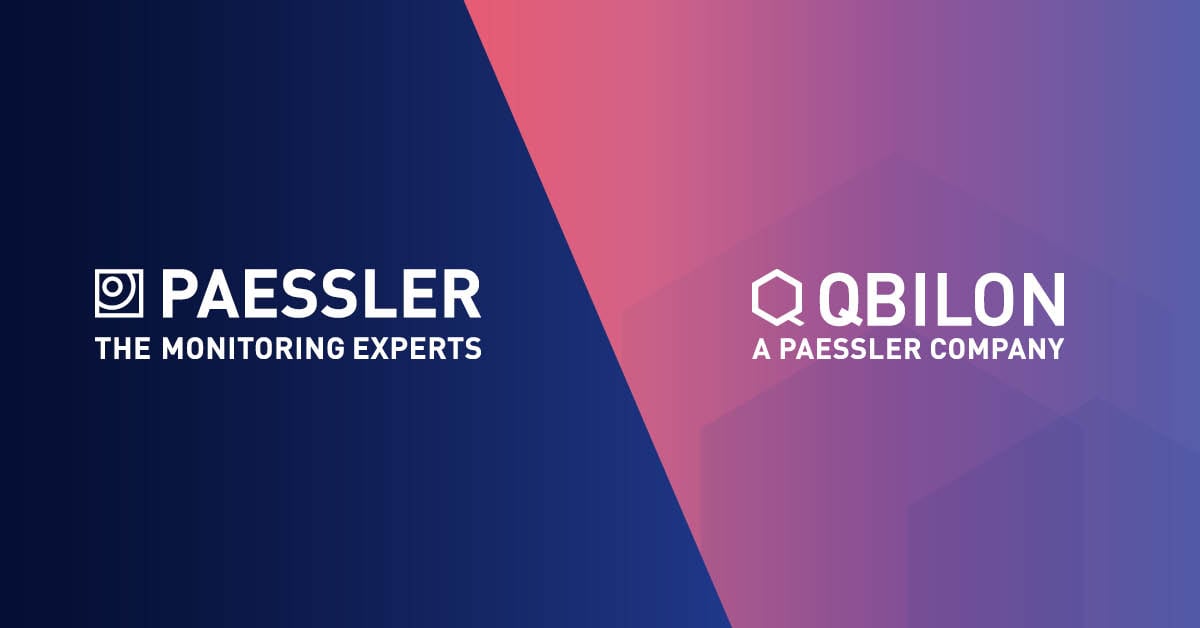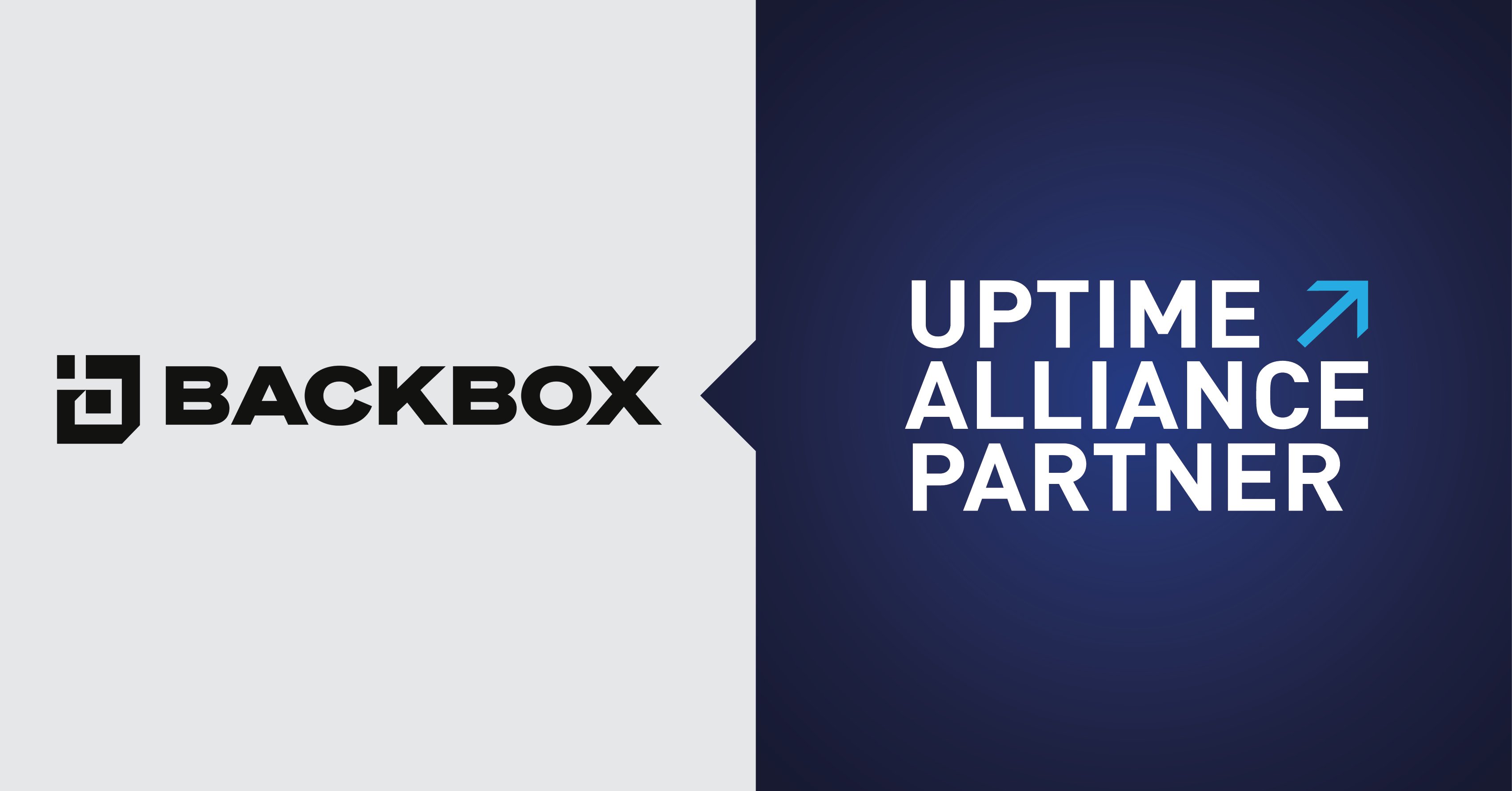IT Leadership Done Right in 5 (Not So Easy) Steps
 Originally published on September 13, 2017 by Greg Ross
Originally published on September 13, 2017 by Greg Ross
Last updated on March 03, 2022
•
10 minute read
Are you in an IT leadership role or do you aspire to be there in the future? Hopefully you work for fantastic companies that challenge you and give you the opportunity to take responsibility for your business and your daily work. At Paessler some of our core values as an organization include “we manage ourselves", "we come up with our own way of doing things" and "we learn from each other".
These along with other core values of our culture allow us to keep the bigger picture in mind while placing a high value on work/life balance. Tom DeMarco, well known consultant and author brought these ideas home for me when he talked about "Slack". DeMarco looked at companies and their philosophy of management and how it impacts employee performance in knowledge organizations. For knowledge organizations or even your IT department, slack is likely the missing component that allows for managers and technology professionals to be creative, to find new and better ways of doing things and be honest about balancing project deadlines with personal responsibilities. What can IT leadership do to address these concerns and build a more productive team?
1. Differentiate Between Efficiency (Minimal Waste) vs. Effective (The Right Thing) 
“Tactics are much easier than strategy. Tactics can be handled in isolation.” So often IT gets focused on the how or the process over and above what the real goal is. Our tendency as employees and managers is to focus on improvements in efficiency for optimizing the resources we currently have available. “Do more with less.” But what if you need to move in a new direction with new technology, a new product line, or a new platform for your business? Optimization may work with computing resources but when it comes to people, optimization limits the slack necessary for long term effectiveness within an organization.
Everyone wants to be more profitable through efficiency but you cannot minimize both time and cost without an impact on being effective. Something has to give. This differentiation of efficiency vs. effectiveness gets to the heart of employee performance with the introduction of MBOs since they are typically characterized by one or a few quantitative measures. The common failure here for IT leaders is to focus solely on the status quo and making incremental change through projects.
2. Have a Clearly Defined Vision for IT 
"If nothing is declared unchangeable then the organization will resist all change. When there is no defining vision, the only way the organization can define itself is its stasis."
Leadership 101:
- Have a clearly defined direction
- Articulate a short-term plan
- Follow-up, follow-up, follow-up
This may sound too simplistic but that’s the point! Leadership is not stuck in the details of procedures, MBOs or specific tactics. Leadership engages employees to have the same vision and to follow a course towards that goal. Ideally, leadership flows naturally through the organization so employees as well as managers take part in “negotiating, mediating and influencing each other without the title or “official” responsibility to do so”.
3. Find out What People are Afraid of and Challenge it
The safety that is required for essential change is assurance that no one will be mocked, demeaned, or belittled when struggling to gain new mastery over ideas, skills or processes. Are employees afraid to introduce new trends or concepts because of the response from management or their peers? Is it “worth” the trouble of learning and researching something given the potential hostility or negativity within your IT organization?
These kinds of issues lead to a culture of fear. When it is not safe to say certain things, or question the prevailing wisdom you end up with minimal engagement and enthusiasm about the overall vision. This can then lead to accusations of negativity, goals being set unreasonably high and power trumping common sense.
4. Risk Mitigation vs. Trust 
"You gain trust by demonstrating trustworthiness. It has to be entrusted to you before you deserve it.” In this day and age of risk mitigation, the tendency within many organizations, particularly in the area of technology is to avoid litigation which accelerates policy and procedures to insulate an organization from lawsuits. What if instead we “always give trust slightly in advance of demonstrated trustworthiness”?
Risk avoidance is, by its very nature, flight from opportunity. The only new initiative that you can afford to take on today is one that is full of risk. If risk management seems like overkill, you may be in full risk-avoidance mode. How do you do something new without taking on risk? How do we approach risk?
5. Make Personal Development a Priority
"My company is completely driven by MBOs! Our projects are always 'over promised' and under delivered and I have a 2-hour commute. Where am I supposed to find slack?" "How do I reinvent myself, when I can't stay on top of the things I must do?" Ok, so you don't have the luxury of 'free time'. I get it. But are there no points in your day when you can pick up a book or listen to one? Is there no time for thoughtful reflection? Our commutes can be filled with books, lectures and conversations that can stimulate and challenge us via a podcast or something from your local library. Interestingly, Google engineers are no longer encouraged to use 20% of their time to develop things they are interested in. We may already be seeing a negative impact on innovation coming out of Mountain View.
Does your organization place a high value on personal development? Are you making use of those opportunities? A smart organization knows that when people have no time or energy for their own good, their work suffers. In the knowledge based economy, reinvention must happen and must become part of the company culture. Personal and organizational reinvention occurs most frequently when there is slack and possibly even a little boredom.
What are the most important elements of IT leadership from your perspective? Let us know in the comments below!








